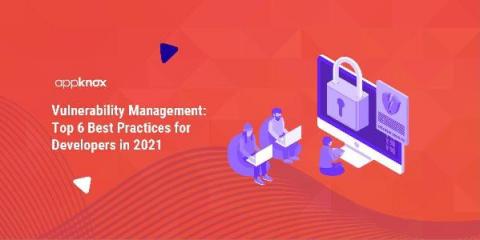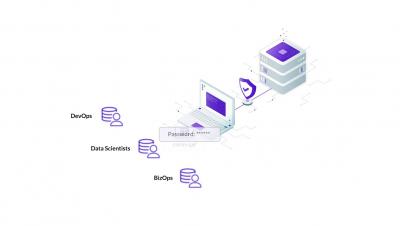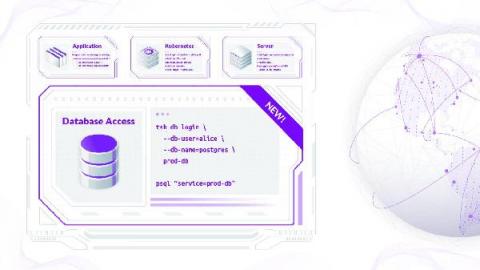What Is FISMA Compliance? Key Requirements and Best Practices
It should come as no surprise that the federal government takes cybersecurity compliance quite seriously. After all, federal agencies manage massive stores of data related to national and international security and public health, as well as the personal information of most residents of the country. FISMA (the Federal Information Security Management Act) defines a set of security requirements intended to provide oversight for federal agencies on this front.










